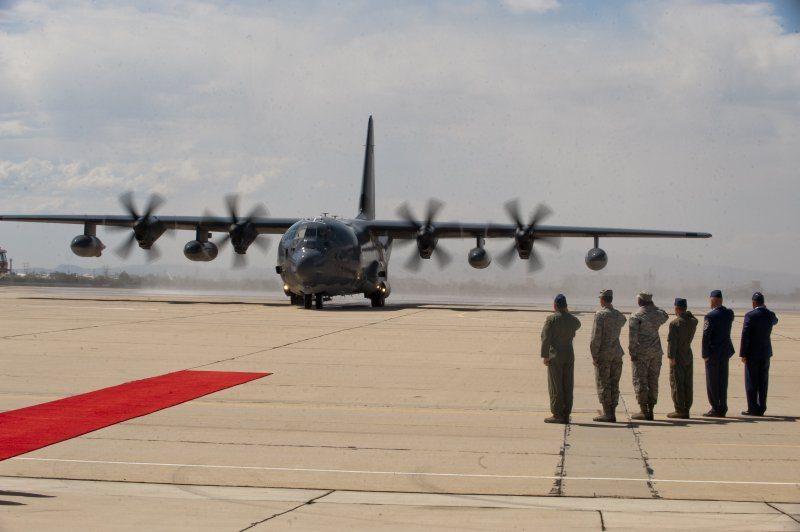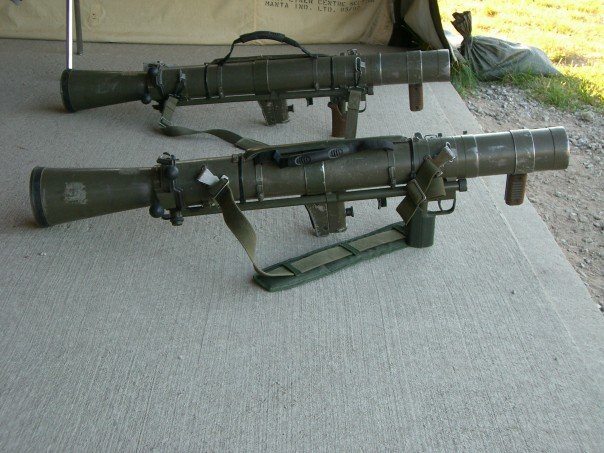Air Force officials have been working for more than two years to develop a more consistent force presentation model for the Air Expeditionary Force deployment system.
Future changes in how the Air Force presents its forces in the joint environment and generates forces to support combatant commanders will be simplified under the new construct, called AEF Next.
Although these changes will be virtually transparent to the combatant commanders, the Air Force will continue to present an Air and Space Expeditionary Task Force commanded by a Commander Air Force Forces and an Air Operations Center and executed by air expeditionary wings, groups and squadrons — AEF Next will focus on teaming, at the unit/installation level, and increase combat capability and unit cohesiveness.
The current AEF system, which uses unit type codes and tempo banding, is not easily communicated to external audiences and Airmen alike. AEF Next is designed to simplify the presentation of Air Force forces, similar to sister services, using right-sized, capability-based airpower teams.
Air Force officials are not looking to create new capabilities, but rather take the committed forces the Air Force currently uses and simplify the nomenclature to ease translation for external audiences, said Col. John Long, the Air Force’s chief of war planning and policy division. AEF Next will capture available, committed-in-place and deployed APTs, giving a full account of all Air Force forces.
“For most Airmen, the differences will be minimal,” Long said. “Rather than Airmen deploying as individuals or in small groups from many locations across the Air Force, troops would deploy with their unit commanders as part of an ‘Airpower Team.'”
The AEF Next concept improves Air Force leaders’ visibility over stressed career fields and provides opportunities to mitigate stress, whenever possible, he said.
“We want to get the commander and immediate supervisors back into the deployment decision process,” Long said. “This will allow commanders to make key deployment decisions about their unit personnel rather than relying on functional managers at the major command or headquarters Air Force level to make those decisions … Commanders decide and FAMs advise.
“Most Airmen’s deployments will remain at six-month rotations and we are looking to posture the Air Force at a 1:2 deploy-to-dwell ratio,” Long said. “Although we are still refining the generation model, we expect the 1:2 deploy-to-dwell time ratio to be the target. For example, Airmen who deploy for six-months should not deploy for 12 months after returning home. Some exceptions may apply, depending on an Airman’s skill set and demand for that capability.”
The Air Force wants to improve predictability, visibility and stability for units and Airmen while maintaining the flexibility to satisfy combatant commander requirements.
“The new system will adjust deploy-to-dwell ratios to account for varying (operations) tempo, i.e. from peacetime to surge events and back to peacetime ops,” Long said.
Air Force Chief of Staff Gen. Norton Schwartz approved AEF Next as the Air Force’s new methodology in presenting and generating Air Force forces. The implementation of this construct will take approximately two years to be fully operational.











